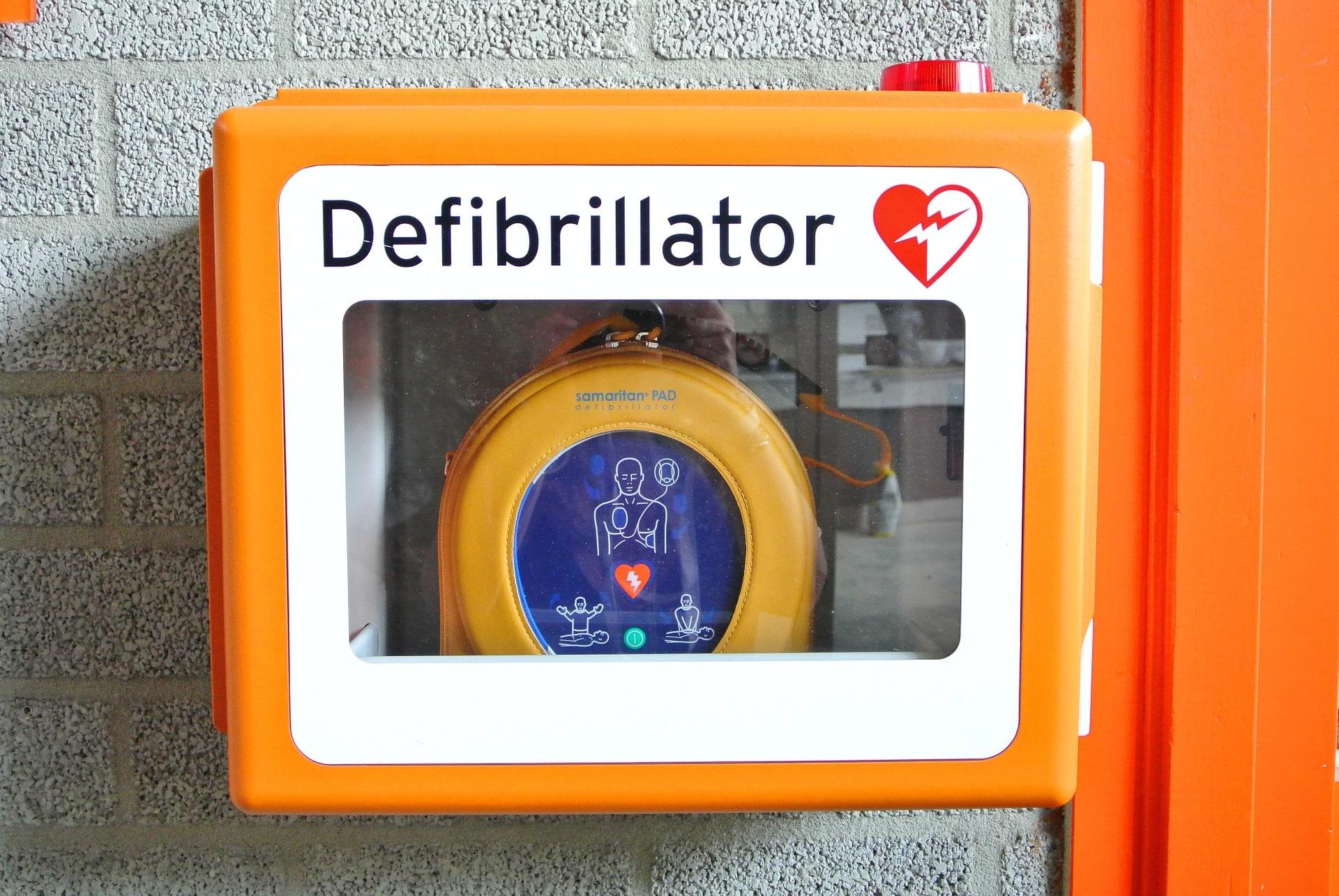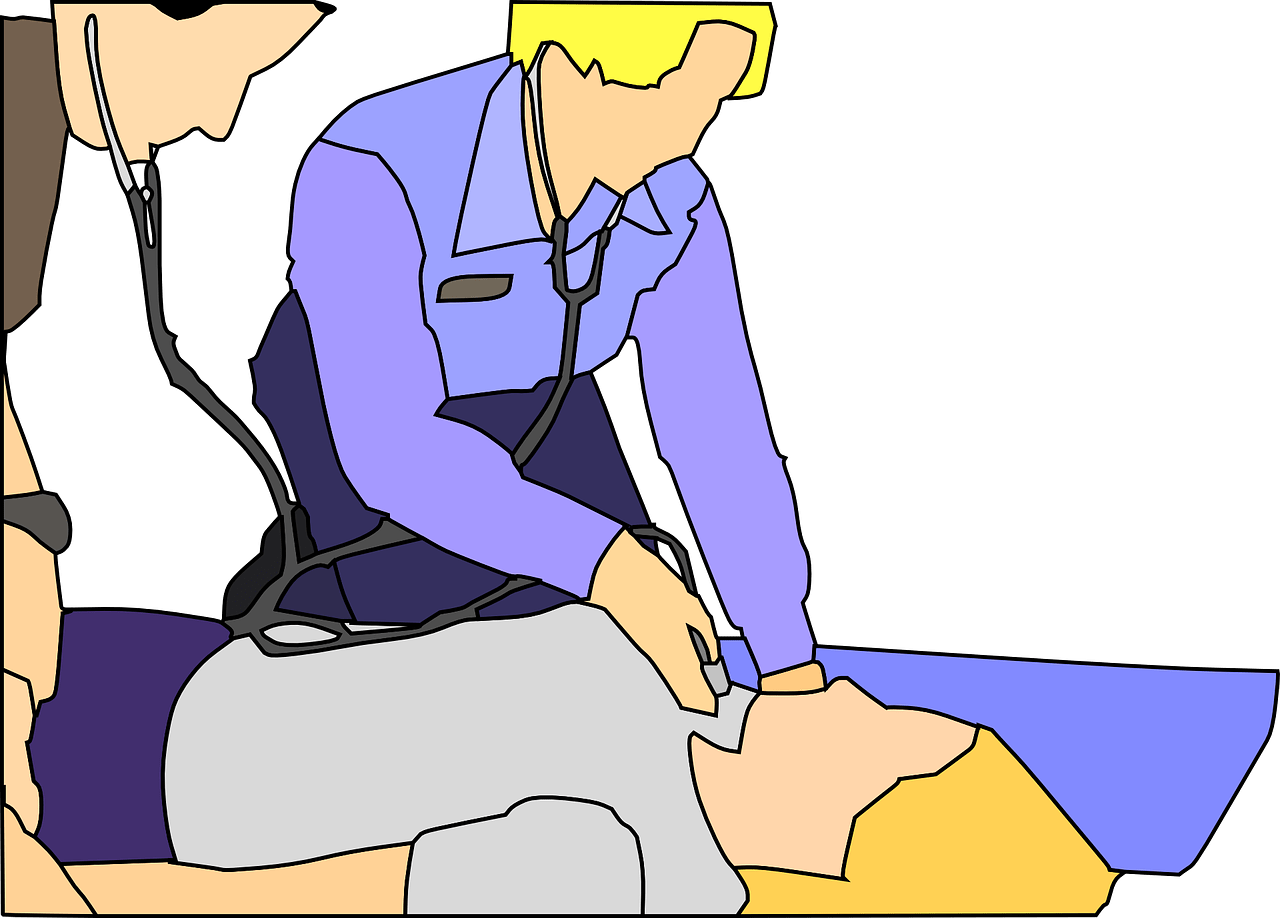Many of us have seen automated external defibrillators (AEDs) in movies and on television during dramatic revival scenes. However, media does not always paint an accurate picture of emergency situations. AEDs are an important tool that everyone should know how to use in the case of an emergency.
What Is an AED?
An automated external defibrillator (AED) is a medical device that is able to analyze a person’s heart rhythm and deliver an electric shock (known as defibrillation) to the heart in order to re-establish the heart’s basic rhythm. These portable devices weren’t introduced until 1978, although the first record of electrical shocks being used to restart a human heart was in 1947 by U.S. surgeon, Claude Beck. The technology has since improved and now these devices are made for any person to use with little direction in order to have the best chance at saving a person’s life.
When Is an AED Used?
CPR is usually not enough to restart a heart on its own and requires the use of an AED. AEDs are frequently used on adults and even children who go into cardiac arrest. Studies show that the combined efforts of CPR and the use of an AED can more than double a victim’s chance of survival. When someone suffers from cardiac arrest, every minute counts, and AEDs must be quickly obtained to give them the best shot of being revived.
How Do I Use an AED?
Learning how to use an AED is critical. The American Heart Association has reported that a whopping 64 percent of Americans have never even seen an AED before. With that said, everyone needs to know the basics of an AED at the very least. Here is a basic overview of how to use an AED:
- When a person suddenly collapses, you will first need to see if the person is responsive.
- After confirming that they are not responsive, call 911 or have someone else call 911. If you are with someone else, have them grab the AED while you perform CPR.
- If the person is still unresponsive when the AED arrives, turn it on, it should have voice prompts that will tell you what to do. Do not stop performing CPR until the machine tells you to stop.
- Attach the adhesive electrode pads to the person’s bare chest (male and female). The electrode pads will usually have a diagram that indicates where they are supposed to be placed.
- Allow the AED to analyze. It may tell you to stop performing CPR at this time.
- When the machine indicates to give a shock, the person operating the AED should say, “clear” to warn others not to be touching the victim. Deliver a shock when the AED tells you to.
- If the AED says “no shock advised,” it could mean a variety of things. The victim may have regained their pulse or possibly had a pulse all along without you realizing it. Another possibility is that the victim is without a pulse, but their heart is not yet ready to have a shock delivered.
- Provide two minutes of CPR, as indicated by the AED. The device will indicate when you should stop.
Where Do I Find an AED?
Unfortunately, AEDs are not as commonplace as they should be. You can find AEDs in many public places, such as airports, shopping centers, government buildings, corporate offices, etc. They are often brightly colored so that people can locate them in emergencies. In 2008, the International Liaison Committee on Resuscitation (ILCOR) pushed for a universal AED sign so that people from all over the world would be able to locate an AED more easily. Anyone is now allowed to purchase an AED after the FDA passed a law permitting this in 2005.
Why Should I Take a Course on AED Training?
The basic information on automated external defibrillators is not enough to gain a wider understanding of this device. In order to fully understand how to use an AED and the best course of action in certain circumstances, taking a class is highly recommended. You can find online training courses at places such as SimpleCPR that will teach you more than just the basics of an AED. With these courses you will learn the inner workings of the human body, in addition to how to avoid dangerous situations that would require the use of an AED. Such knowledge is invaluable and will prepare you for emergency situations.


